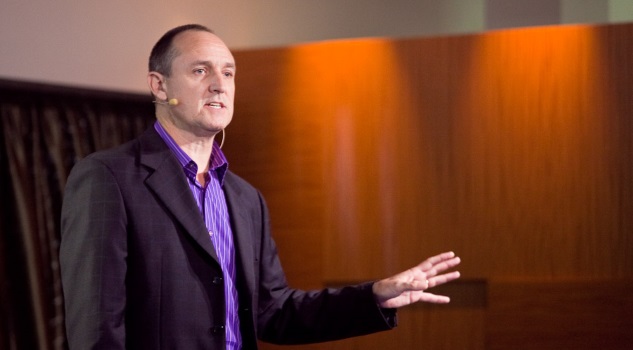Business success comes from finding gaps and targeting areas of constant improvement.
Business success is a game of inches because it comes from constantly and consistently looking for fresh ideas that improve every part of your business. Constant improvement is what leads to continuous growth and profit. It comes from finding gaps and solving those gaps better than anyone else. It’s about empowering your people to take ownership of everyday improvement.
You’ll notice I say ownership, not buy-in. There’s good reason for that: getting buy-in is much easier to do and doesn’t necessarily mean your people will take ownership of things. It may sound pedantic but it’s an important distinction.
Henri Lipmanowitz described the difference between the two clearly and succinctly. He put it like this: Ownership is when you own or share the ownership of an idea, a decision or an action plan; it means that you have participated in its development, that you chose of your own accord to endorse it. It means that you understand it and believe in it. Ownership of an idea means that you are both willing and ready to implement it.
Buy-in is the opposite: someone else has done the development, the thinking, the cooking and now, they have to convince you to come along and implement their ideas.
So it’s ownership we’re after. You’ve got to find ways for your team to take ownership of the idea to actively seek improvements that move your business forward.
So how do you do that? Here are five rules.
1. Be clear on expectations
Tell your people exactly what is expected of them. No BS, no shades of grey. There’s a brilliant company in the Flinders Ranges called Kelly Engineering that has weekly meetings where team leaders are expected to have a notebook of ideas they have put in place about how to improve their part of the business.
2. Allow them to give ideas and act on them
People won’t give you their ideas, or more importantly act on them, if they feel they don’t have permission. So give them permission and when you do, be clear about it. Then, give them permission to act on those ideas.
3. Help them learn from mistakes
As Mark Evans of Paronella Park once told me, “You don’t learn anything if you don’t fail.” Making mistakes is part of business growth. If you don’t allow your people to learn from those mistakes, then you’ve lost an opportunity. Ask them “What did you learn?” and “What can you do differently next time?”
4. Recognise their efforts
Lauding achievements or outcomes is important. But what’s more important is recognising the team’s effort and actions. Carol Dweck in her book “Mindset” talks about people having either fixed or growth mindsets. Fixed is where you focus on results – you won or you failed, while a growth mindset focuses on effort and process – you put in the effort, you learned, you took the right action. So recognize your people with a growth mindset.
5. Have a framework for accountability
It’s a great thing to have your team take ownership but there still needs to be a framework in place to hold them accountable and that accountability needs to be about the process. How do you ensure they are having ideas, acting on them, and learning from their mistakes? One answer lies with Kelly Engineering’s simple device of weekly team leader meetings.
Remember, business success comes from finding gaps and targeting areas of constant improvement and then finding innovative ways to address those gaps. It’s about doing it consistently, inch by inch.
Nigel Collin, business coach and author of “Game of Inches”














